
Understanding Redispersible Polymer Powder: Types, Applications, and Global Trends
Redispersible polymer powder types play a crucial role in modern construction materials, particularly in dry-mix mortar formulations. These powders are typically derived from polymer emulsions that are spray-dried to form a free-flowing powder, which can be redispersed in water. Common types include vinyl acetate ethylene (VAE), vinyl acetate versatate, and acrylic-based powders. Among these, vae rdp is one of the most widely used due to its excellent adhesion, flexibility, and water resistance properties.
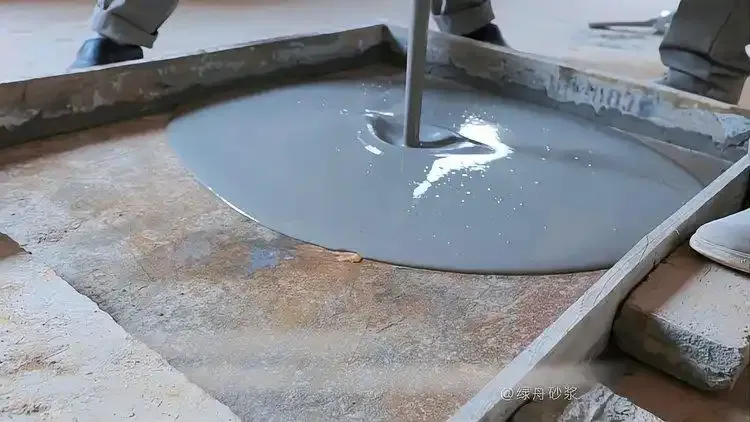
Exploring Redispersible Polymer Powder Types and Applications
منتخب کرتے وقت a rdp polymer, manufacturers consider the final application's requirements—whether it’s tile adhesives, self-leveling compounds, wall putty, or repair mortars. The flexibility of choosing among different redispersible polymer powder types allows formulators to balance performance and cost effectively. For example, a VAE-based rdp polymer (https://www.tangzhihpmc.com/products/rdp-vae)offers a strong balance between flexibility and cohesion, making it ideal for exterior insulation and finish systems (EIFS).
The term redispersible emulsion powder is often used interchangeably with rdp polymer, although it technically refers to the dried form of the emulsion that can be reconstituted with water. These powders enhance critical properties in construction materials such as tensile strength, workability, and impact resistance. One of the top sourcing destinations globally is rdp powder China, which has become a major player in both production volume and competitive pricing.
Why Redispersible Emulsion Powder from China Is in High Demand
Chinese manufacturers have advanced significantly in producing high-quality vae rdp and other variants. The country’s strong industrial base, investment in chemical R&D, and extensive raw material access have positioned it as a global leader. As a result, many international companies look to rdp powder China not only for cost advantages but also for consistency and scalability.
In conclusion, understanding the different redispersible polymer powder types is essential for engineers, architects, and material scientists aiming to enhance product performance. Whether sourcing vae rdp for adhesive strength or choosing the right rdp polymer for flexibility, the wide variety available today—especially from markets like rdp powder China—ensures there’s a tailored solution for every construction challenge.
-
Hydroxypropyl Starch as a Sustainable Construction AdditiveNewsNov.24,2025
-
The Gelation Properties of CMCNewsNov.21,2025
-
Redispersible Latex Powder and Water Retention CapacityNewsNov.21,2025
-
Dosage Control for Polycarboxylate Water ReducerNewsNov.21,2025
-
Film-Forming Properties of Polyvinyl AlcoholNewsNov.21,2025
-
The Function of Gypsum Additives in MortarNewsNov.21,2025

Understanding Redispersible Polymer Powder: Types, Applications, and Benefits
In the construction and building materials industry, redispersible polymer powder (RDP) has become an essential additive for improving the performance of mortars, tile adhesives, plasters, and self-leveling compounds. This versatile product, available in different redispersible polymer powder types, is valued for its ability to enhance flexibility, adhesion, and water resistance in cement-based applications. Whether referred to as redispersible latex powder, redispersible emulsion powder, or dispersible polymer powder, it plays a pivotal role in modern construction chemistry.
This article explores the key redispersible polymer powder types, their production process, main applications, and why choosing the right formulation is critical for project success. We will also touch on the importance of RDP powder, VAE powder, and their industry standards, including the redispersible polymer powder HS code for international trade.
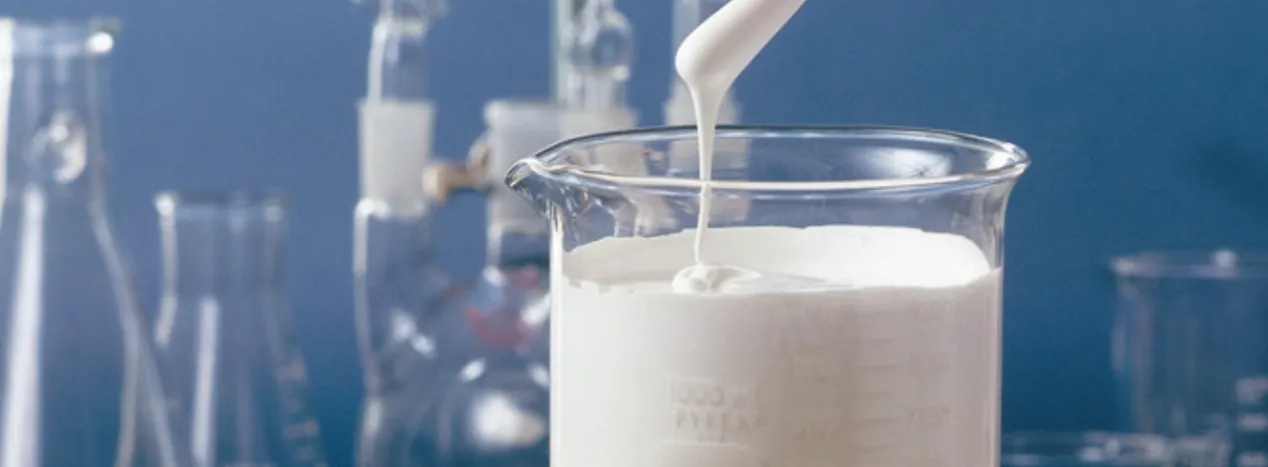
1. What is Redispersible Polymer Powder (RDP)?
Redispersible polymer powder is a free-flowing, spray-dried powder obtained from polymer emulsions such as vinyl acetate-ethylene (VAE), styrene-butadiene (SBR), or acrylic polymers. When mixed with water, this powder re-disperses into a stable emulsion, hence the term “re dispersible polymer powder.” In cement-based formulations, it enhances properties like flexibility, crack resistance, and adhesion to various substrates.
RDP polymer is widely used in:
Tile adhesives and grouts
External insulation and finish systems (EIFS)
Skim coats and wall putty
Repair mortars and self-leveling flooring compounds
Decorative plasters
The most common base material is VAE redispersible powder, thanks to its excellent balance of flexibility, water resistance, and cost-effectiveness. VAE RDP is preferred in many construction applications due to its versatility and environmental safety.
2. Types of Redispersible Polymer Powder and Their Applications
There are multiple redispersible polymer powder types, each formulated to meet specific performance requirements:
a) VAE (Vinyl Acetate-Ethylene) Powder
VAE powder is the most widely used type of redispersible polymer powder. It offers outstanding flexibility, adhesion, and weather resistance. Ideal for tile adhesives, insulation systems, and repair mortars, VAE RDP also improves freeze-thaw stability.
b) Vinyl Acetate-Veova (VA/VeoVa) Copolymer Powder
This redispersible polymer type provides excellent alkali resistance, making it suitable for applications in cement-based and lime-based mortars. It is often used in decorative plasters and wall putties.
c) Acrylic Redispersible Polymer Powder
Acrylic-based redispersible emulsion powder offers superior UV resistance and color stability, making it a top choice for exterior wall coatings and façade finishes.
d) Styrene-Butadiene (SBR) Redispersible Powder
This dispersible polymer powder type enhances flexibility and impact resistance. It is commonly used in repair mortars, flooring compounds, and waterproofing applications.
3. Key Benefits of Using RDP Powder
Using RDP powder in construction mixtures offers several advantages:
Enhanced Adhesion – Ensures strong bonding to a variety of substrates including concrete, brick, and gypsum boards.
Improved Flexibility – Reduces cracking in cementitious systems due to temperature and structural movements.
Water Resistance – Prevents damage from moisture penetration in plaster and mortar.
Workability – Improves the application properties of mortars, making them easier to spread and smooth.
Durability – Increases resistance to weathering and aging.
4. Global Trade and HS Code for Redispersible Polymer Powder
In international trade, redispersible polymer powder HS code classification is crucial for customs clearance and import/export documentation. While the specific code may vary by country, it generally falls under chemical preparations for construction use. Knowing the correct HS code helps avoid delays and ensures compliance with trade regulations.
5. Choosing the Right Redispersible Polymer Powder
منتخب کرتے وقت a redispersible polymer powder RDP for your application, consider:
Type of construction project (interior vs. exterior)
Desired properties (flexibility, adhesion, water resistance)
Substrate compatibility
Environmental conditions
Cost-effectiveness
For example, VAE redispersible powder works well for general-purpose tile adhesives, while acrylic-based powders are more suitable for UV-exposed surfaces.
Conclusion: The Future of Redispersible Polymer Powder in Construction
The demand for high-performance, sustainable building materials continues to grow, and redispersible polymer powder remains at the forefront of construction innovation. By understanding the different redispersible polymer powder types—including VAE RDP, acrylic powders, and SBR formulations—builders and manufacturers can create durable, flexible, and environmentally friendly cement-based products.
Whether you are sourcing RDP polymer for tile adhesives or redispersible emulsion powder for exterior coatings, choosing the right type will ensure long-lasting performance. With the correct redispersible polymer powder HS code, you can also streamline international trade and comply with global standards.
In short, the right redispersible powder is not just an additive—it is the key to unlocking stronger, more resilient, and more sustainable construction materials.
FAQ Section
FAQ 1: What are the main redispersible polymer powder types?
Answer: The main redispersible polymer powder types include VAE redispersible powder, acrylic-based powder, styrene-butadiene (SBR) powder, and vinyl acetate-Veova copolymer powder. Each offers different performance benefits such as flexibility, water resistance, or UV stability.
FAQ 2: What is VAE redispersible powder and where is it used?
Answer: VAE redispersible powder is made from vinyl acetate-ethylene copolymers. It is widely used in tile adhesives, insulation systems, skim coats, and repair mortars due to its excellent adhesion, flexibility, and cost-effectiveness.
FAQ 3: How is redispersible polymer powder different from redispersible latex powder?
Answer: Redispersible latex powder and redispersible polymer powder refer to the same product form—spray-dried polymer emulsions that can be re-dispersed in water. The term “latex” emphasizes the original emulsion form, while “polymer” highlights its chemical composition.
FAQ 4: What is the redispersible polymer powder HS code?
Answer: The redispersible polymer powder HS code generally falls under chemical products used for construction. The exact code depends on your country’s customs classification, but it is essential for import/export compliance.
FAQ 5: Why choose RDP powder for cement-based applications?
Answer: RDP powder improves cement-based products by enhancing adhesion, flexibility, water resistance, and durability. It also improves workability, making it easier to apply mortars, plasters, and adhesives.
-
Hydroxypropyl Starch as a Sustainable Construction AdditiveNewsNov.24,2025
-
The Gelation Properties of CMCNewsNov.21,2025
-
Redispersible Latex Powder and Water Retention CapacityNewsNov.21,2025
-
Dosage Control for Polycarboxylate Water ReducerNewsNov.21,2025
-
Film-Forming Properties of Polyvinyl AlcoholNewsNov.21,2025
-
The Function of Gypsum Additives in MortarNewsNov.21,2025

Understanding Redispersible Polymer Powder: Types, Applications
Redispersible polymer powder (RDP) has become a vital additive in modern construction and industrial applications, especially in improving the performance of mortars, adhesives, and various cement-based products. Derived from polymer emulsions, redispersible polymer powder types vary in chemical composition, performance characteristics, and application areas. In this article, we will explore the world of redispersible latex powder, its manufacturing, uses, and the growing global market.
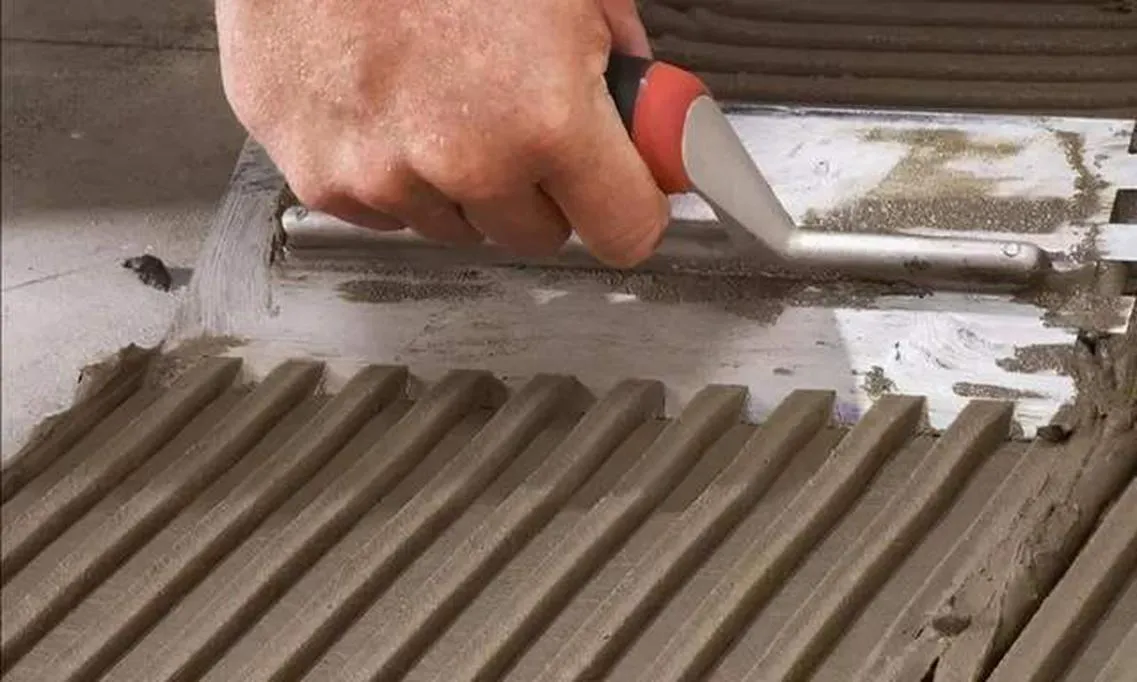
1. What Is Redispersible Polymer Powder (RDP)?
Redispersible polymer powder is a free-flowing, white powder obtained by spray-drying aqueous polymer emulsions. When mixed with water, redispersible emulsion powder can redisperse into a stable polymer emulsion, retaining the original properties of the base polymer. This makes it a powerful binder in construction materials.
The most common types include VAE powder (vinyl acetate ethylene), acrylic-based powders, and styrene-butadiene types. RDP powder is valued for improving adhesion, flexibility, water resistance, and durability in dry-mix mortars.
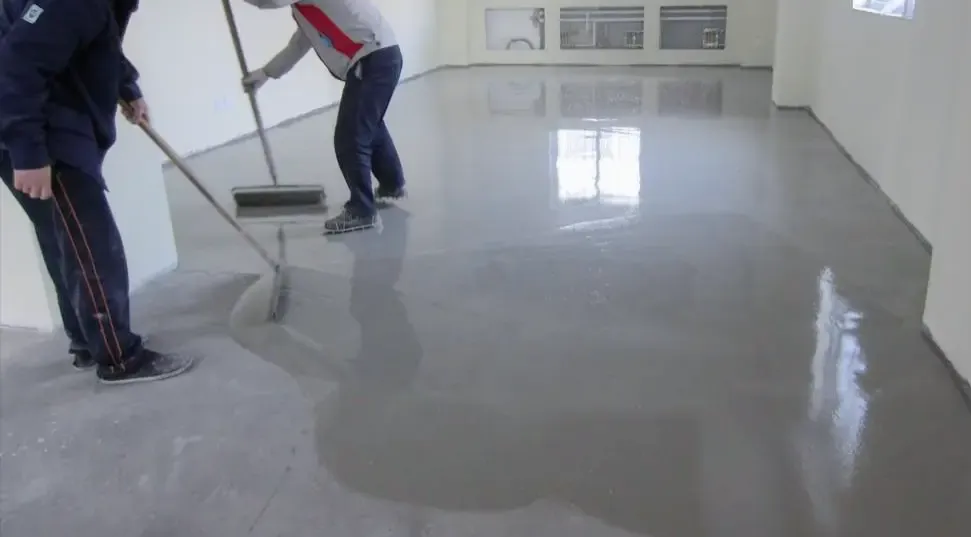
2. Common Types of Redispersible Polymer Powders
The redispersible polymer powder types available in the market mainly differ in polymer composition:
VAE Redispersible Powder (Vinyl Acetate Ethylene) – The most widely used, combining good adhesion, flexibility, and workability.
Acrylic Redispersible Powder – Offers excellent UV resistance and weatherability.
Styrene Butadiene RDP – Enhances water resistance and mechanical properties.
Re-Dispersible Polymer Powder with Specialty Additives – Tailored for specific industrial uses.
VAE RDP remains the leading choice due to its balance of cost, performance, and versatility. Vinyl acetate ethylene redispersible powder is particularly popular in tile adhesives, external insulation systems, and self-leveling flooring.
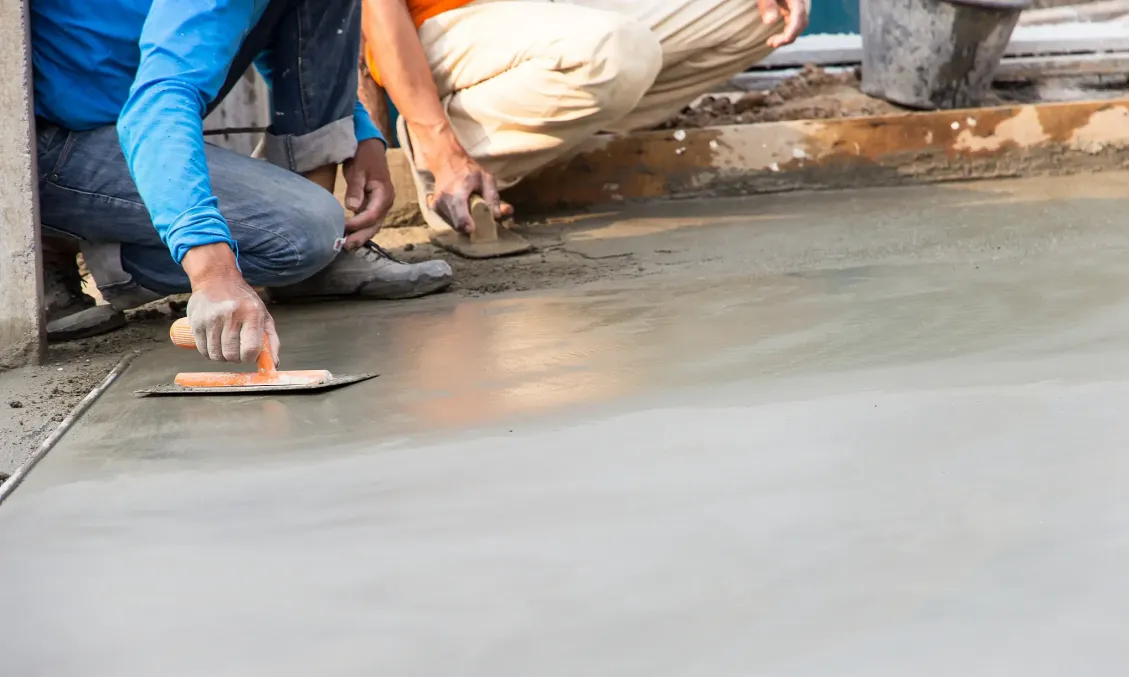
3. Applications in Construction and Beyond
Dispersible polymer powder plays a crucial role in cementitious materials. When used in mortars or adhesives, redispersible polymer powder improves bonding strength, flexibility, and abrasion resistance. Some key applications include:
Tile Adhesives – Enhances bond strength and prevents tile detachment.
External Insulation Finishing Systems (EIFS) – Improves adhesion and weather resistance.
Self-Leveling Compounds – Provides flexibility and crack resistance.
Waterproof Mortars – Boosts water resistance without compromising breathability.
In these applications, rdp polymer ensures better performance than traditional cement alone. For example, in redispersible polymer powder wiki references, RDP is highlighted for its role in modifying brittle cement-based matrices into more flexible composites.
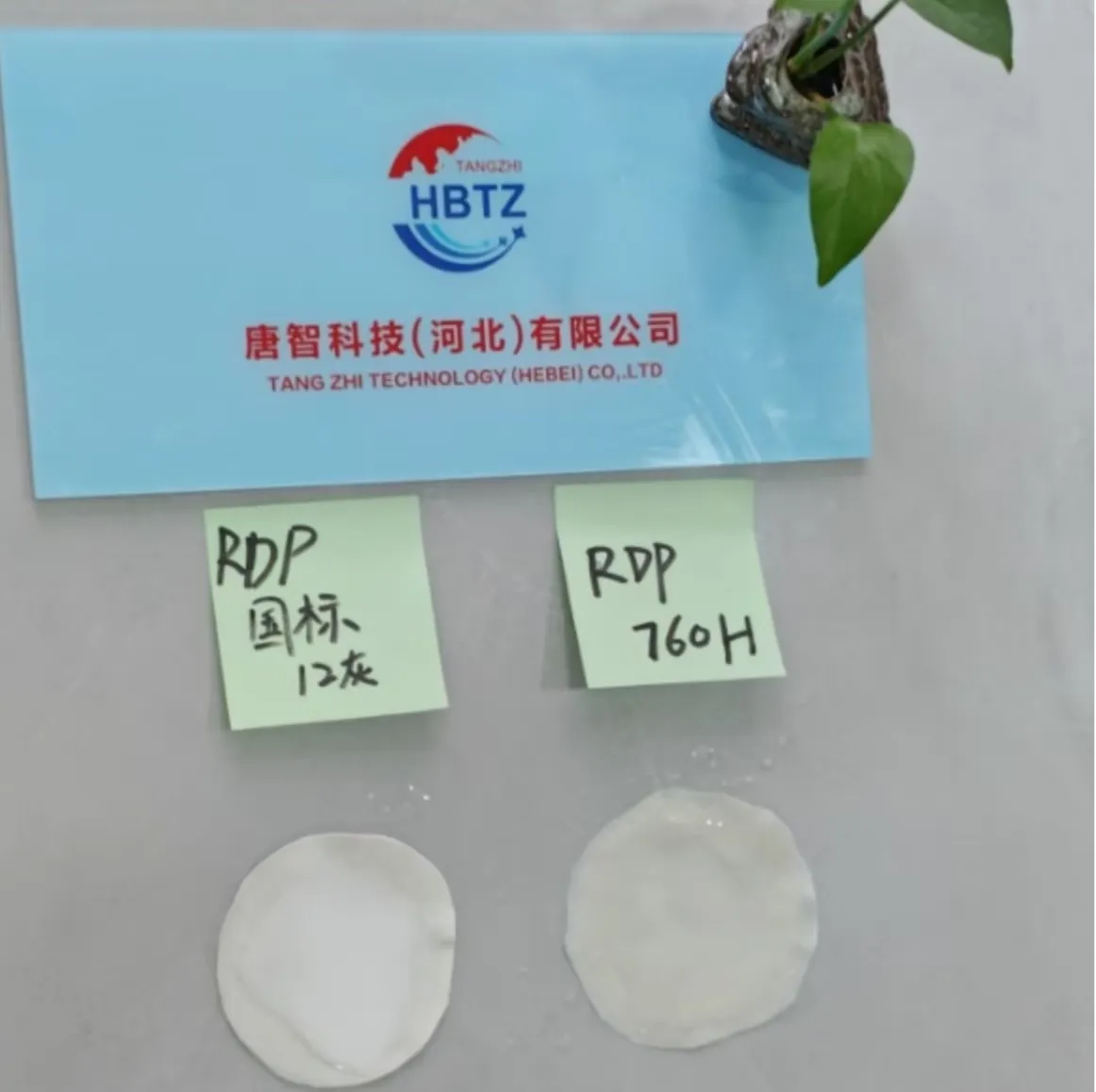
4. RDP Manufacturing and VAE Powder Significance
Most redispersible polymer powder RDP is produced using spray-drying technology. The process starts with a polymer emulsion, such as VAE powder or acrylic latex, which is spray-dried in the presence of protective colloids. Once dried, it becomes a free-flowing powder that can be redispersible in water.
The VAE redispersible powder market has been expanding due to its widespread use in flooring, insulation, and repair mortars. VAE RDP offers a balance between flexibility, adhesion, and cost-efficiency, making it a staple for global manufacturers.
5. Market Trends and Pricing
The redispersible polymer powder market is expected to grow steadily, driven by the increasing demand for high-performance construction materials. According to market reports, the redispersible polymer powder market share of VAE-based products is dominant, with growth supported by rapid urbanization, infrastructure projects, and green building initiatives.
Factors influencing redispersible polymer powder price include raw material costs, manufacturing efficiency, and regional demand. Data from redispersible polymer powder Wikipedia suggests that Asia-Pacific countries, especially China and India, lead in both production and consumption.
The redispersible polymer powder HS code is an essential classification for import and export purposes, helping businesses manage international trade compliance.
6. Industry Outlook
The redispersible polymer powder market is projected to see significant advancements in formulation, including eco-friendly and low-VOC versions. Manufacturers are investing in R&D to develop powders with improved compatibility, weather resistance, and application efficiency.
With innovations in redispersible latex powder and polymer chemistry, construction professionals can expect more durable, flexible, and environmentally friendly solutions for modern infrastructure needs.
نتیجہ
From redispersible polymer powder types to VAE redispersible powder applications, the role of RDP in construction and industrial manufacturing is undeniable. It transforms ordinary mortars into high-performance materials with enhanced adhesion, flexibility, and water resistance. As the redispersible polymer powder market share grows, innovations in product formulation and manufacturing will continue to shape the future of the industry. Whether you’re a contractor, manufacturer, or distributor, understanding the benefits and market dynamics of redispersible polymer powder is key to staying competitive.
5 FAQ with Keyword-Rich Titles and Answers
FAQ 1: What are the main redispersible polymer powder types used in construction?
Answer: The most common redispersible polymer powder types include VAE redispersible powder, acrylic redispersible powder, and styrene-butadiene-based RDP. Among them, VAE RDP is the most widely used for its balance of performance and cost, making it ideal for tile adhesives, EIFS, and repair mortars.
FAQ 2: How does redispersible latex powder improve mortar performance?
Answer: Redispersible latex powder improves adhesion, flexibility, and water resistance. It allows cement-based mortars to bond better to substrates, resist cracking, and endure harsh weather, which is why it’s used in tile adhesives, waterproof mortars, and self-leveling compounds.
FAQ 3: What is the difference between VAE powder and redispersible emulsion powder?
Answer: VAE powder refers specifically to vinyl acetate ethylene redispersible powder, which is a type of redispersible emulsion powder. While RDP can be made from different base polymers, VAE is the most popular due to its versatility and performance in a wide range of applications.
FAQ 4: What factors affect redispersible polymer powder price?
Answer: The redispersible polymer powder price depends on raw material costs (such as vinyl acetate and ethylene), energy expenses, production scale, and market demand. Regional supply chain conditions also play a major role in determining cost.
FAQ 5: What is the HS code for redispersible polymer powder?
Answer: The redispersible polymer powder HS code is used for customs classification in international trade. While it may vary slightly by country, it generally falls under chemical and polymer product categories for tariff and import/export documentation.
-
Hydroxypropyl Starch as a Sustainable Construction AdditiveNewsNov.24,2025
-
The Gelation Properties of CMCNewsNov.21,2025
-
Redispersible Latex Powder and Water Retention CapacityNewsNov.21,2025
-
Dosage Control for Polycarboxylate Water ReducerNewsNov.21,2025
-
Film-Forming Properties of Polyvinyl AlcoholNewsNov.21,2025
-
The Function of Gypsum Additives in MortarNewsNov.21,2025

Understanding Redispersible Polymer Powder: Types, Applications, and Market Insights
Redispersible polymer powder (RDP) is an essential additive in the construction and chemical industries. It improves the performance of mortars, renders, tile adhesives, and self-leveling compounds. With a growing focus on durable and eco-friendly construction materials, the redispersible polymer powder market share has expanded globally. This article explores redispersible polymer powder types, their applications, and market trends to help manufacturers, suppliers, and consumers make informed decisions.
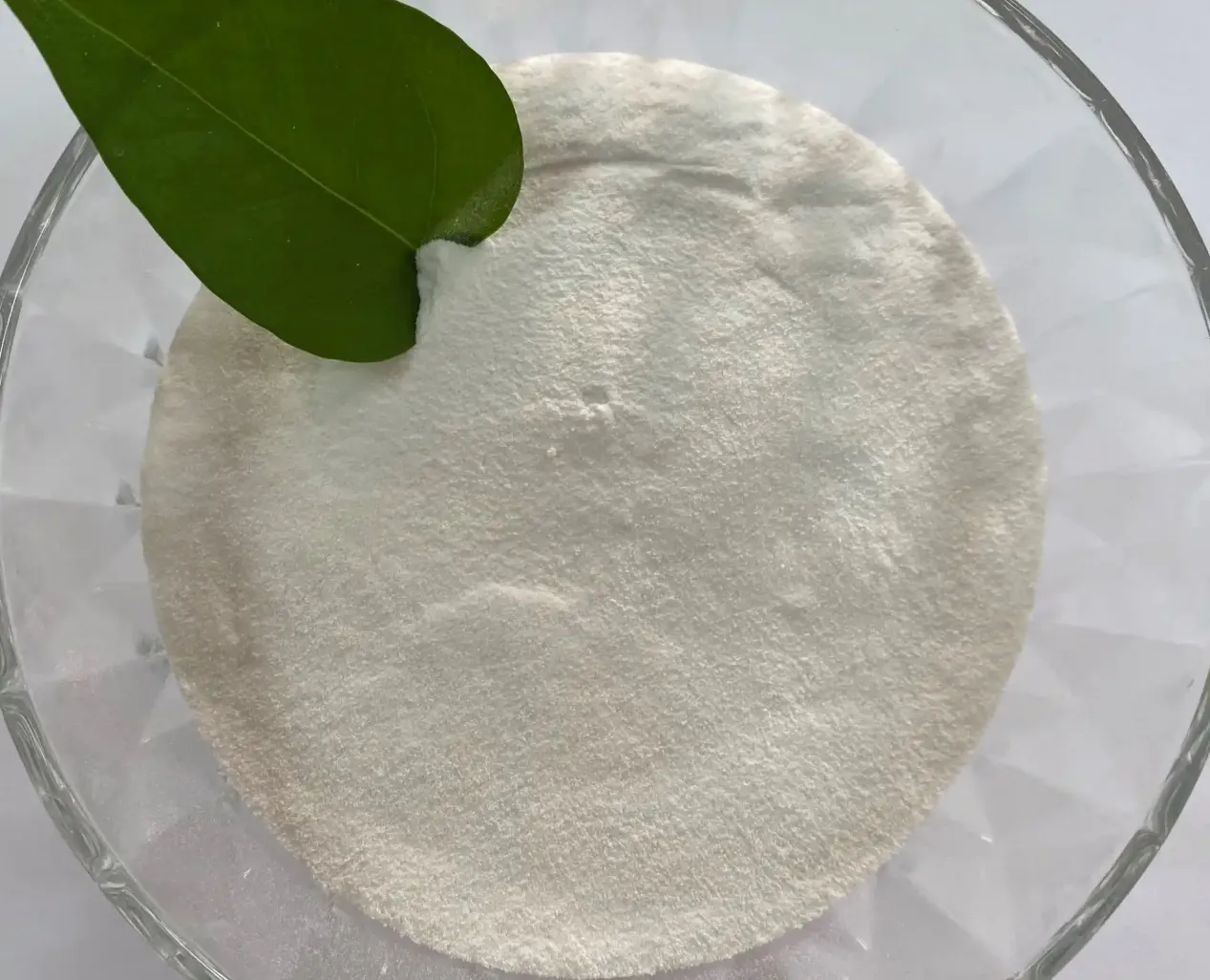
Types of Redispersible Polymer Powder and Market Trends
Redispersible powders are categorized based on their chemical compositions and properties. The most common variants are VAE powder (vinyl acetate ethylene) and styrene-butadiene-based powders. Among these, VAE redispersible powder is highly popular due to its superior adhesion, flexibility, and water resistance. It is widely used in cement-based and gypsum-based products.
In the global market, vinyl acetate ethylene redispersible powder dominates because of its versatility and compatibility with various construction formulations. The demand for VAE-based powders is especially strong in Asia-Pacific, with China redispersible polymer powder production leading in both volume and innovation.
According to the redispersible polymer powder wiki and industry reports, Europe and North America are also significant players, focusing on sustainable formulations. Many redispersible latex powder manufacturers have expanded their capacity to cater to the increasing demand in developing nations.
The redispersible polymer powder price fluctuates based on raw material availability, energy costs, and supply chain factors. However, as technology advances and economies of scale improve, prices are becoming more competitive, enabling broader adoption worldwide.
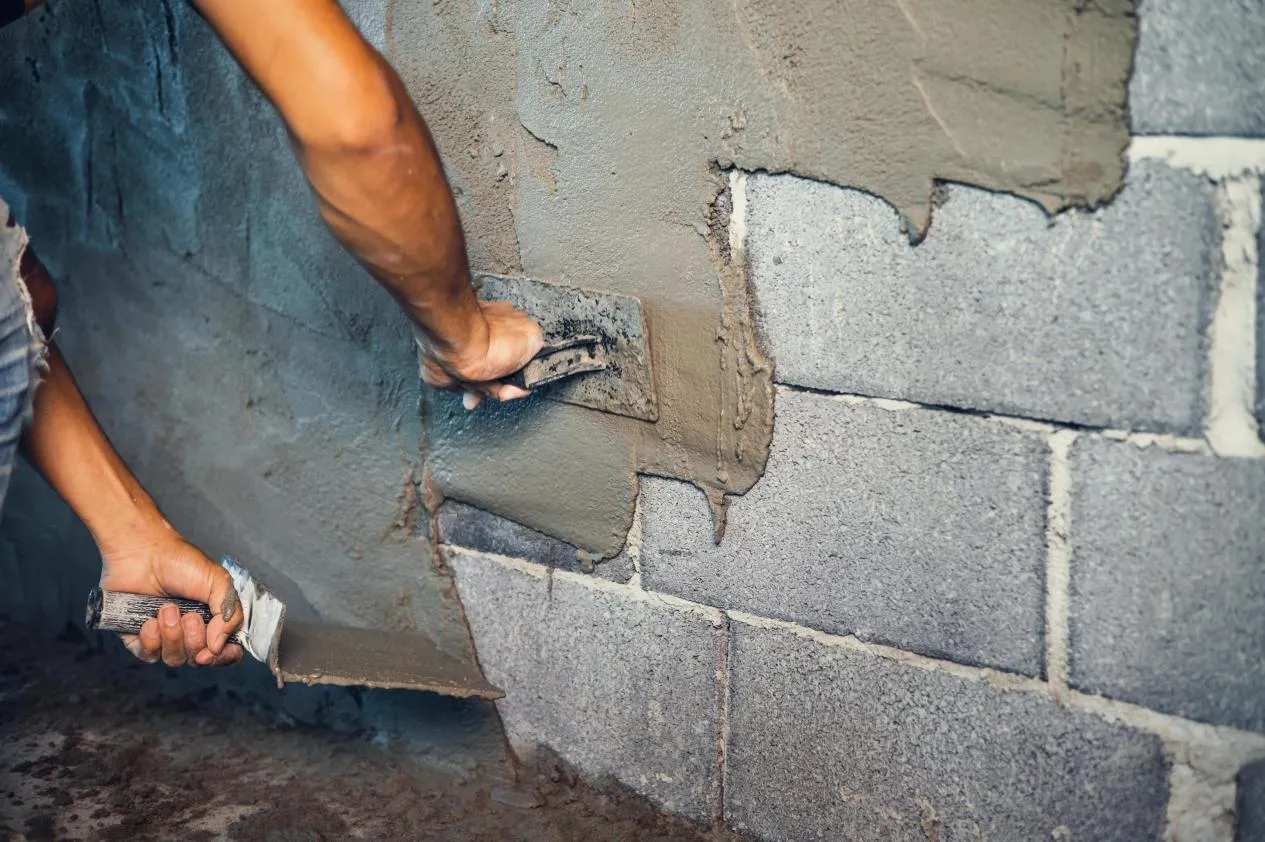
Applications of Redispersible Polymer Powder in Modern Construction
The applications of redispersible polymer powder are diverse. It is a critical ingredient in:
Tile adhesives and grouts: RPP enhances bonding strength and water retention, ensuring tiles remain firmly fixed even in wet conditions.
Self-leveling compounds: By improving flowability and preventing cracks, RPP allows for smooth and durable floors.
Exterior insulation and finish systems (EIFS): RPP contributes to thermal insulation, reducing energy consumption in buildings.
Plasters and renders: It provides flexibility and prevents shrinkage during curing.
In addition, redispersible powder is increasingly used in innovative applications such as 3D-printed concrete and eco-friendly mortars. Leading redispersible latex powder manufacturers are investing in R&D to develop powders with enhanced UV stability and lower VOC emissions.
Call-to-Action: Partner with Leading Redispersible Polymer Powder Suppliers Today
The future of construction depends on advanced materials like RPP RDP. Whether you are looking for redispersible polymer powder types for your products, or exploring reliable China redispersible polymer powder suppliers, choosing the right partner is crucial. Stay ahead of the competition by sourcing high-quality vae powder and other specialty RPPs at competitive prices. Connect with trusted redispersible latex powder manufacturers now and bring innovative solutions to your projects!
5 Frequently Asked Questions (FAQs)
Q1: What are the main redispersible polymer powder types?
A1: The main types include VAE (vinyl acetate ethylene), styrene-butadiene, and acrylic-based powders. VAE redispersible powder is the most widely used due to its superior flexibility and adhesion.
Q2: What factors affect redispersible polymer powder price?
A2: Prices are influenced by raw material costs, energy prices, regional supply-demand dynamics, and transportation expenses. Bulk purchasing from China redispersible polymer powder suppliers often offers cost advantages.
Q3: Who are the leading redispersible latex powder manufacturers?
A3: Global leaders include companies in China, Europe, and the USA specializing in construction chemicals and polymer additives.
Q4: What are the applications of redispersible polymer powder?
A4: It is used in tile adhesives, plasters, self-leveling compounds, insulation systems, and eco-friendly construction materials.
Q5: Where can I find reliable information about redispersible polymer powder market share?
A5: Industry reports, trade associations, and the redispersible polymer powder wiki provide insights into market trends and leading manufacturers.
5 Suggested Titles:
Exploring Redispersible Polymer Powder Types and Applications for Modern Construction
A Comprehensive Guide to Redispersible Powder: VAE, Applications, and Market Trends
Redispersible Polymer Powder Market Share: Insights and Top Manufacturers
Why VAE Redispersible Powder Is Dominating the Construction Industry
China Redispersible Polymer Powder Suppliers: Your Partner for Competitive Pricing
-
Hydroxypropyl Starch as a Sustainable Construction AdditiveNewsNov.24,2025
-
The Gelation Properties of CMCNewsNov.21,2025
-
Redispersible Latex Powder and Water Retention CapacityNewsNov.21,2025
-
Dosage Control for Polycarboxylate Water ReducerNewsNov.21,2025
-
Film-Forming Properties of Polyvinyl AlcoholNewsNov.21,2025
-
The Function of Gypsum Additives in MortarNewsNov.21,2025

Understanding Redispersible Polymer Powder: Types, Applications, and Market Trends
Redispersible polymer powder (RDP) is a crucial additive in the construction industry, widely used to enhance the properties of cement-based mortars, tile adhesives, and self-leveling compounds. These powders improve flexibility, adhesion, water resistance, and overall durability in various formulations. There are different redispersible polymer powder types, each designed for specific applications based on polymer composition and performance characteristics.

One of the most commonly used variants is VAE powder (Vinyl Acetate-Ethylene). VAE powder is popular due to its excellent adhesion properties, water resistance, and improved workability in cement-based products. It is widely applied in tile adhesives, plastering mortars, and exterior insulation finishing systems (EIFS). Other redispersible polymer powder types include styrene-butadiene and acrylic-based powders, which offer unique benefits such as higher flexibility and better chemical resistance for specialized applications.
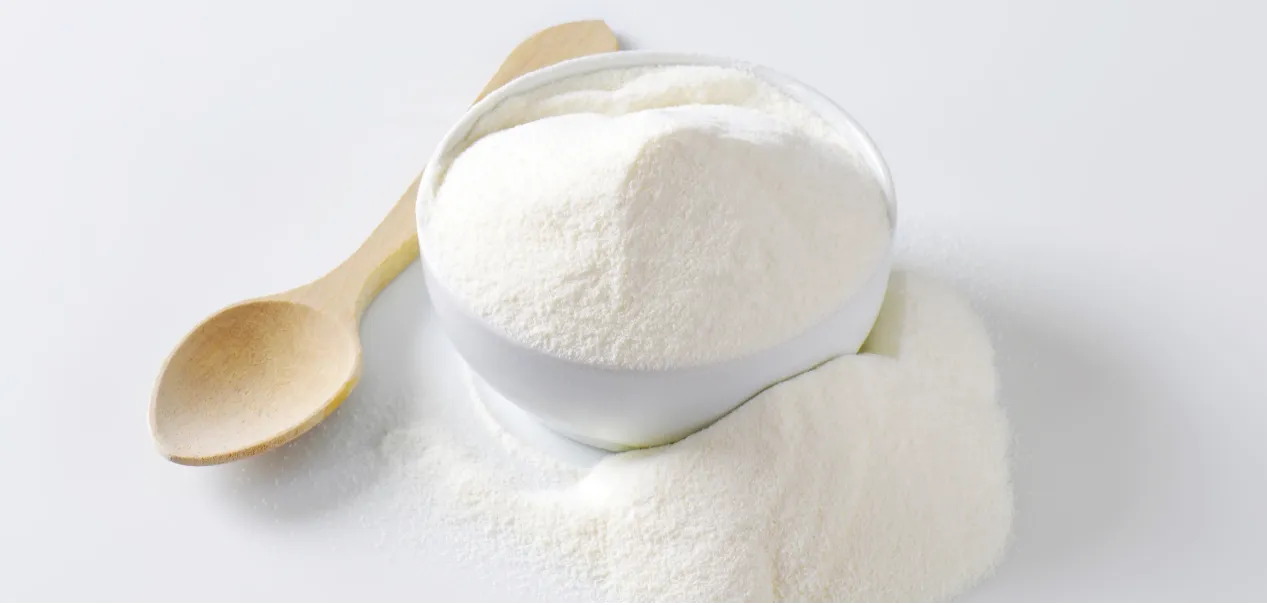
Different Redispersible Polymer Powder Types and Their Applications
China is one of the largest producers and suppliers of RDP powder in the global market. With a strong industrial base and advanced manufacturing facilities, RDP powder China suppliers offer high-quality products at competitive prices. The demand for redispersible powder continues to grow due to the increasing adoption of modern construction techniques requiring high-performance adhesives and coatings.
Market Trends and RDP Powder Price in China
The RDP powder price is influenced by various factors, including raw material costs, production methods, and market demand. Fluctuations in RDP powder price occur due to economic conditions, supply chain disruptions, and changes in environmental regulations affecting production. Buyers looking for cost-effective solutions often source RDP powder China due to its affordability and consistent quality.
Understanding different redispersible polymer powder types and their applications is essential for selecting the right material for construction projects. Among these, VAE powder remains a preferred choice due to its superior adhesive and water-resistant properties. Additionally, monitoring RDP powder price trends and sourcing from RDP powder China suppliers can help manufacturers optimize costs while ensuring high-performance formulations. As the construction industry evolves, the role of redispersible powder in enhancing material properties continues to grow.
-
Hydroxypropyl Starch as a Sustainable Construction AdditiveNewsNov.24,2025
-
The Gelation Properties of CMCNewsNov.21,2025
-
Redispersible Latex Powder and Water Retention CapacityNewsNov.21,2025
-
Dosage Control for Polycarboxylate Water ReducerNewsNov.21,2025
-
Film-Forming Properties of Polyvinyl AlcoholNewsNov.21,2025
-
The Function of Gypsum Additives in MortarNewsNov.21,2025





















